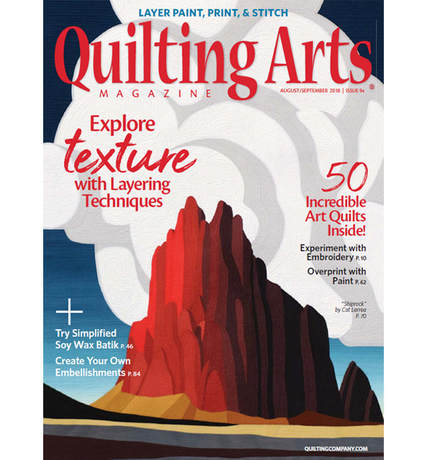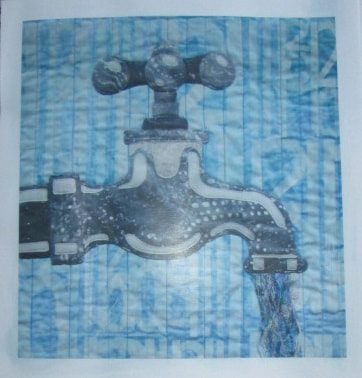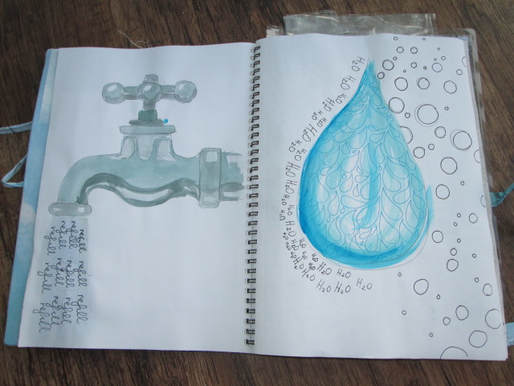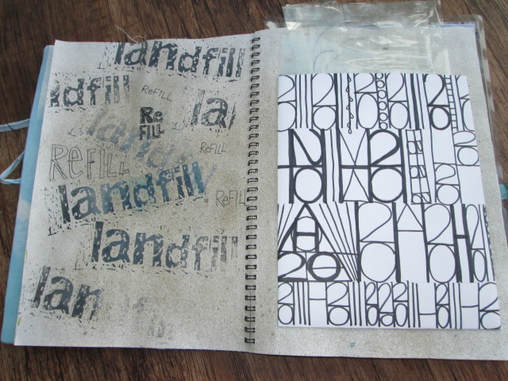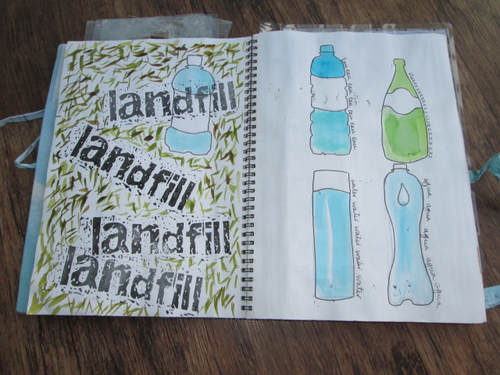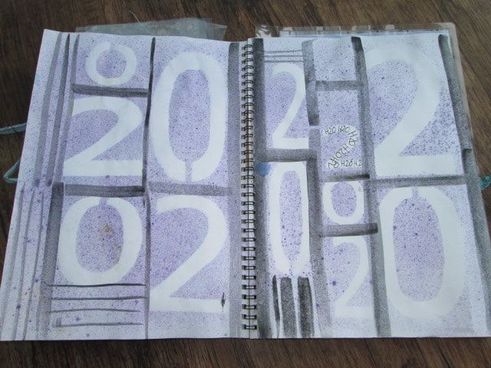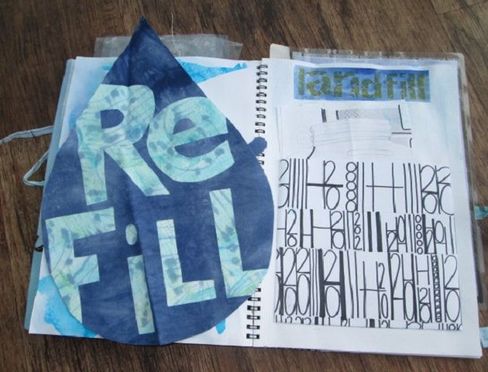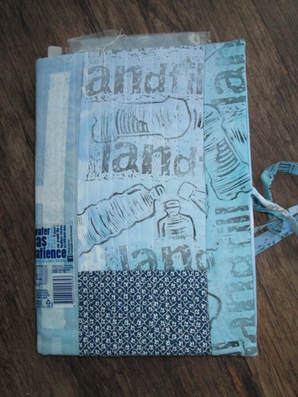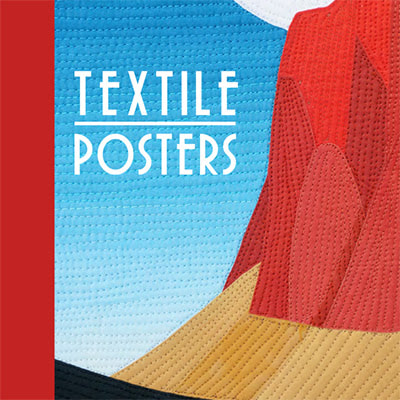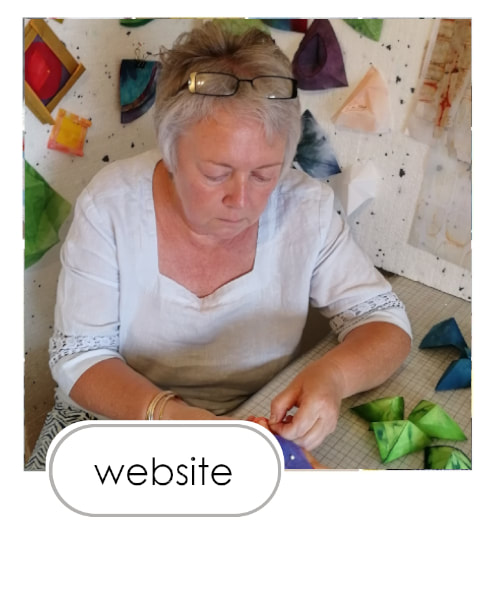|
I had a lovely surprise yesterday morning. As I ate my breakfast and browsed through my news feed I saw a post from fellow SAQA member Heather Pregger, http://www.heatherquiltz.com/ in which she mentioned that her quilt 'VOLCANO' features in the August/September edition of Quilting Arts magazine. Her fabulous quilt, along with 23 others is part of the SAQA exhibition Textile Posters and I am very proud to say that my quilt '3 Wise Words' is one of those quilts selected by the juror, Joseph Lupo, and also features in the magazine. Thanks for passing on the good news Heather!.
I am even more pleased that the message contained in the quilt is being spread just a little bit further. The cover of the August/September edition of Quilting Arts features Cat Larrea's fabulous quilt named 'Shiprock' and you can see images of all 24 of the posters im the exhibit on the SAQA website by clicking here. I wrote a blog post about the '3 Wise Words' quilt back in February 2017 when I found out it had been selected for the exhibition and you can read that post by clicking here. The quilt features a BIG water tap and the words: 'refill, not landfill'. Back in early 2017 the whole issue of plastic waste, and in particular single use water bottles was beginning to be widely discussed and more recently we frequently see the most terrible photographs of mountains of plastic bottles washed up on beaches, floating around in the oceans and inside the stomach's of dead sea animals. It really is intolerable.
Here are a few more images from the sketchbook that I used in the planning of the quilt that I thought might be interesting to share. My sketchbooks are my way of making sense of ideas, seeing what might work and keeping things organised; I hope you enjoy the glimpse.
The sketchbook also serves as a nice place to store the left over bits and pieces from the quilt - stencils, lino print blocks, unused fabrics etc. Earlier this year I had a request to make another quilt for someone (on a different theme) and I was able to go back to that particular sketchbook and 'raid' it for leftovers - and was able to create and ship a brand new quilt within a week. I was amazed (and so was she!) A very high quality catalogue to accompany the exhibition is still available on the SAQA website by clicking here. Thanks for reading.
|
|
